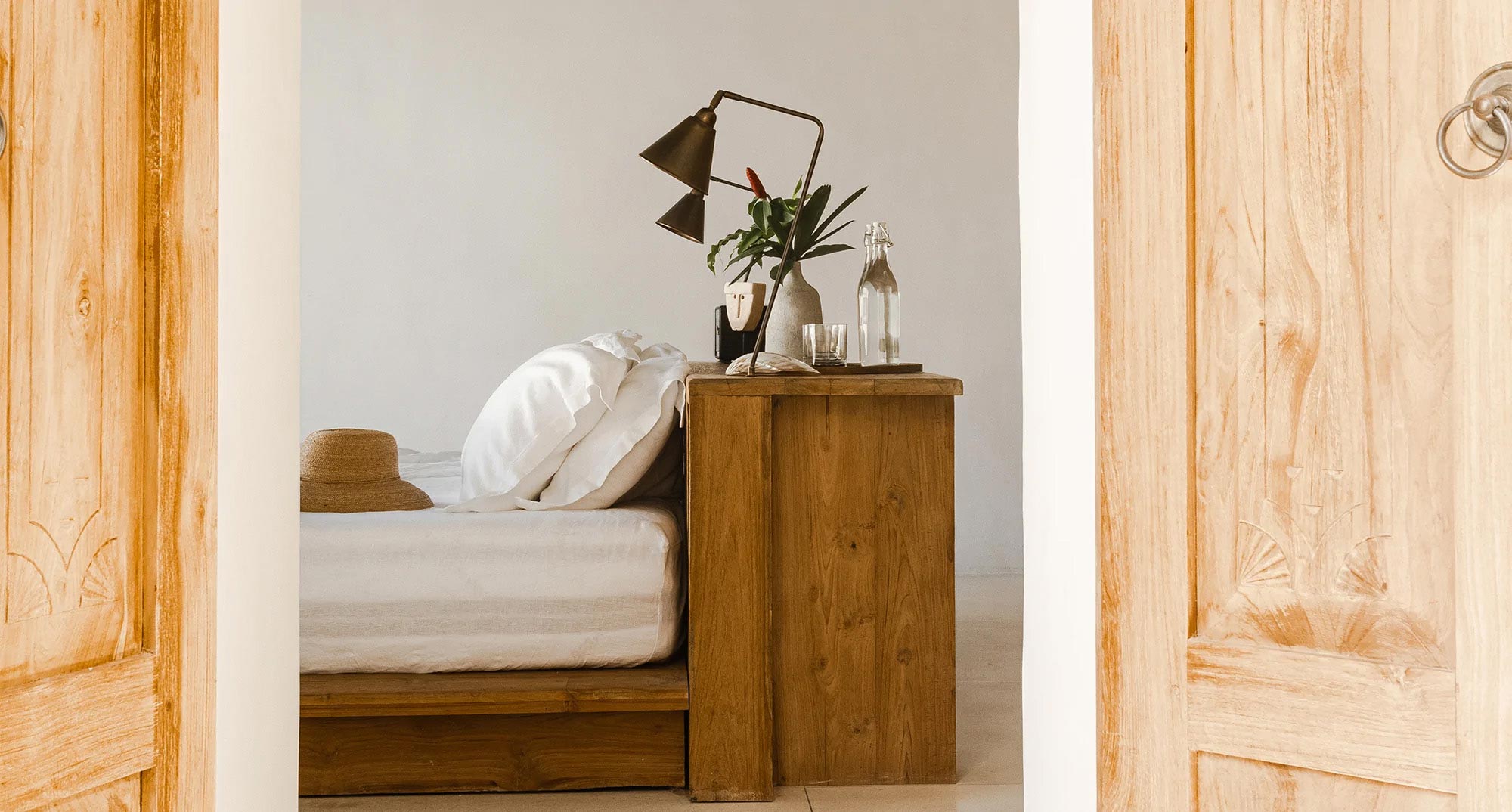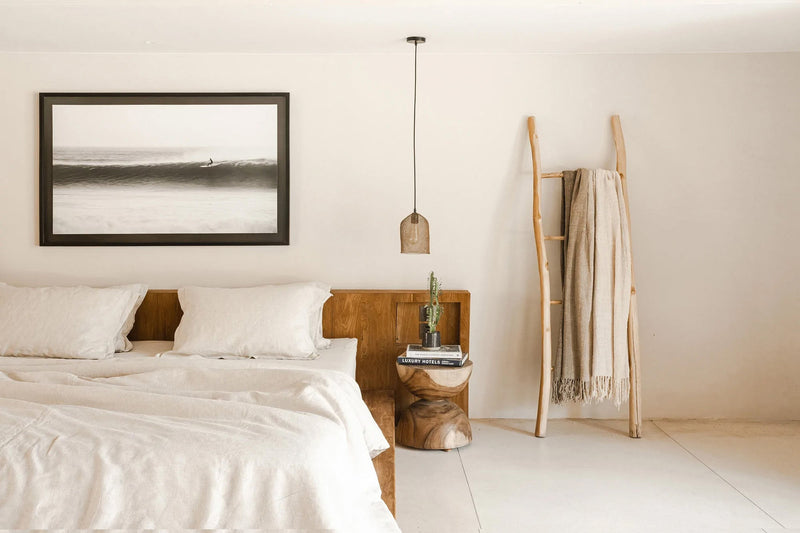هناك عوامل مختلفة تؤثر على مقدار النوم الذي نحتاجه في مرحلة معينة من حياتنا. أحد هذه العوامل هو العمر. مع مقدار الوقت الذي نقضيه في النوم يتضاءل مع تقدمنا في السن. نميل إلى النوم لمدة تصل إلى 16 ساعة في اليوم عندما نكون في مرحلة الرضيع. هذا يقلل إلى حوالي 9 ساعات في اليوم عندما نكون مراهقين وينخفض إلى 7-8 ساعات عندما نصبح بالغين. تعكس هذه الأرقام متوسط الوقت ، على الرغم من أن مقدار النوم الذي يحتاجه كل شخص يختلف على أساس كل حالة على حدة. يتغير النمط أيضا خلال الأشهر القليلة الأولى من الحمل بالنسبة للنساء حيث تتكيف أجسامهن مع التغيرات الهرمونية. قد ينتهي بهم الأمر بالنوم لساعات أكثر مما يفعلون عادة.

في الحالات التي يفشل فيها الناس في النوم جيدا ، قد ينتهي بهم الأمر بالنوم أكثر في اليوم التالي لتعويض النوم المفقود. هذه هي طريقة الجسم لإعادة الأمور إلى طبيعتها. سيظهر الجسم دائما آثارا جانبية عندما نحرم من النوم. يأتي في شكل ضعف الحكم ، والخرقاء ، ووقت رد الفعل البطيء ، وتقلب المزاج والهلوسة.
مع تقدم الناس في السن ، يميل مقدار وقت النوم إلى الانخفاض. يبدأون في النوم بخفة على الرغم من أن الجسم لا يزال بحاجة إلى نفس القدر من النوم كما كان الحال خلال المراحل المبكرة من مرحلة البلوغ. حوالي نصف الأشخاص الذين تزيد أعمارهم عن 65 عاما يميلون إلى مشاكل في النوم. لديهم مشاكل مثل الأرق في حين أن البعض الآخر لديهم مراحل نوم عميق أقصر. قد لا يتمكن بعض الأشخاص من تجربة مرحلة النوم العميق. قد يكون هذا نتيجة للشيخوخة وفي بعض الحالات ، قد يكون أحد الآثار الجانبية المحتملة للدواء الذي يتناولونه.
وفقا للخبراء ، هناك العديد من الأنماط السلوكية التي تعمل كعلامات لمساعدتنا في تحديد متى يحرم الناس من النوم. أحد هذه الأعراض هو عندما تبدأ في الشعور بالنعاس أثناء الأنشطة النهارية. هناك أيضا أشخاص ينامون فور الاستلقاء وهذه علامة منبهة على مدى حرمانهم من النوم. بالإضافة إلى ذلك ، هناك حالات يكون فيها الناس دون علمهم فترات نوم قصيرة عندما يكون من المفترض أن يكونوا مستيقظين ، ويمكن اعتبار ذلك أيضا علامة على الحرمان من النوم. حقيقة أن الناس معتادون على العمل لساعات أطول هي المسؤولة عن العديد من حالات الحرمان من النوم.
أجريت دراسات على مجموعة من الأشخاص المحرومين من النوم وأثبتت مدى خطورة الحرمان من النوم. استخدمت الاختبارات أجهزة محاكاة القيادة وراقبت التنسيق بين العينين واليدين لدى الأشخاص المحرومين من النوم. تم العثور على الأشخاص المحرومين من النوم لأداء أسوأ من الأشخاص الذين كانوا في حالة سكر. وقد ثبت أيضا أن الأشخاص المحرومين من النوم من المرجح أن يصبحوا أكثر ضعفا بسبب الكحول من الأشخاص الذين يستريحون جيدا. وتعزى أكثر من ألف حالة وفاة إلى الحرمان من النوم كل عام. استخدام المنشطات مثل المشروبات التي تحتوي على الكافيين لا يساعد حقا على إبقائك مستيقظا. إذا وجدت نفسك تتثاءب أو تعاني من هفوات في الذاكرة ، فمن المحتمل أنك غير لائق للقيادة. تحتاج إلى الحصول على قسط كاف من الراحة قبل المتابعة.












